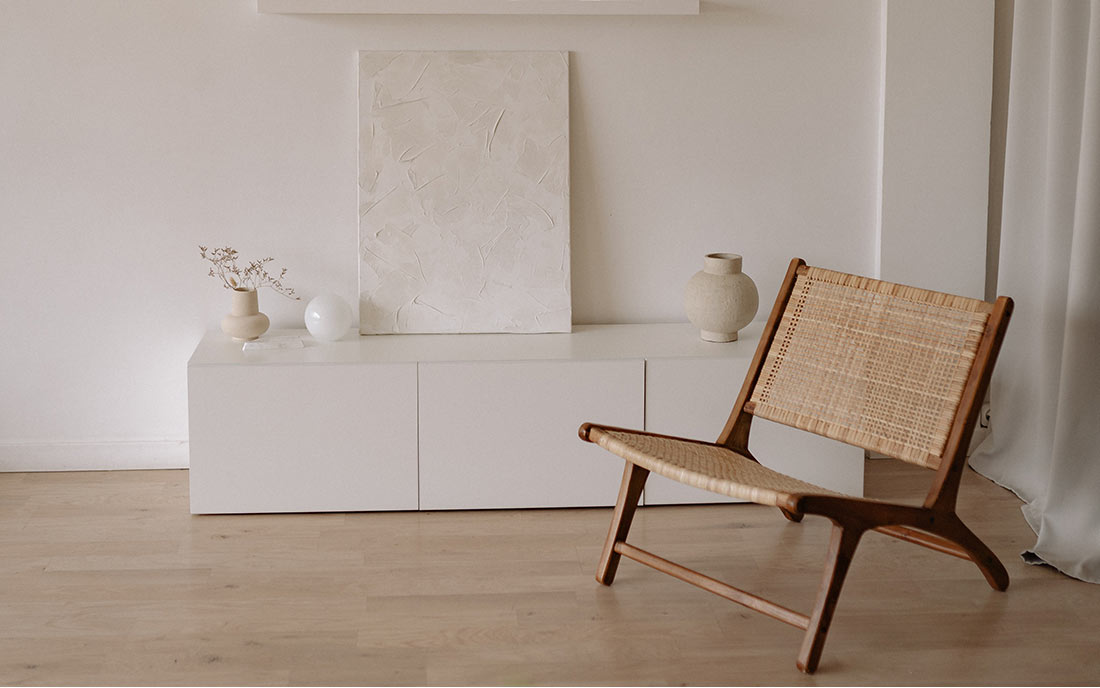Evidence-Based Architecture
Evidence-Based Architecture for Human Health: Applying Research for Well-Being
In an era where the built environment significantly impacts human health and well-being, the field of architecture is undergoing a transformation towards evidence-based design principles. By integrating research, data, and empirical evidence into the design process, architects can create spaces that not only enhance physical health but also promote mental and emotional well-being.
This sets the stage for exploring the concept of evidence-based architecture for human health. Through a multidisciplinary approach that considers factors like user-centered design, biophilic elements, indoor environmental quality, active design, and social connectivity, architects can craft environments that support the holistic well-being of occupants.
We delve into how evidence-based architecture can be applied to enhance human health, detailing specific design strategies and their associated benefits. By understanding the intersection of architecture and health, we can create built environments that foster healthier, happier, and more sustainable communities for generations to come.
User-Centered Design:
Conduct research and user studies to understand occupants’ health needs and preferences.
Incorporate evidence-based design principles to create spaces that promote physical activity, reduce stress, and enhance well-being.
Biophilic Design:
Integrate natural elements like indoor plants and water features to connect occupants with nature.
Improve mood, cognitive function, and recovery times by incorporating biophilic elements into design.
Indoor Environmental Quality (IEQ):
Ensure optimal IEQ by addressing air quality, thermal comfort, and lighting.
Use evidence-based strategies to enhance ventilation, filtration, and lighting design for occupant health.
Active Design:
Promote physical activity through architectural features like stairs and walking paths.
Design environments that encourage movement and reduce sedentary behavior for better health outcomes.
Social Connectivity:
Foster social interaction and community engagement to support mental and emotional well-being.
Create inclusive environments that promote social equity and connectivity among diverse populations.
Benefits:
Improved Physical Health: Design features that promote activity contribute to better physical health outcomes.
Enhanced Mental Health: Biophilic elements and social connectivity reduce stress and enhance mood.
Increased Productivity: Comfortable environments boost productivity and satisfaction among occupants.
Long-Term Sustainability: Prioritizing human health in design leads to healthier, more resilient communities and reduces chronic disease burdens.
In summary, evidence-based architecture for human health offers numerous benefits, creating spaces that support holistic well-being and contribute to a healthier, happier, and more sustainable future.

